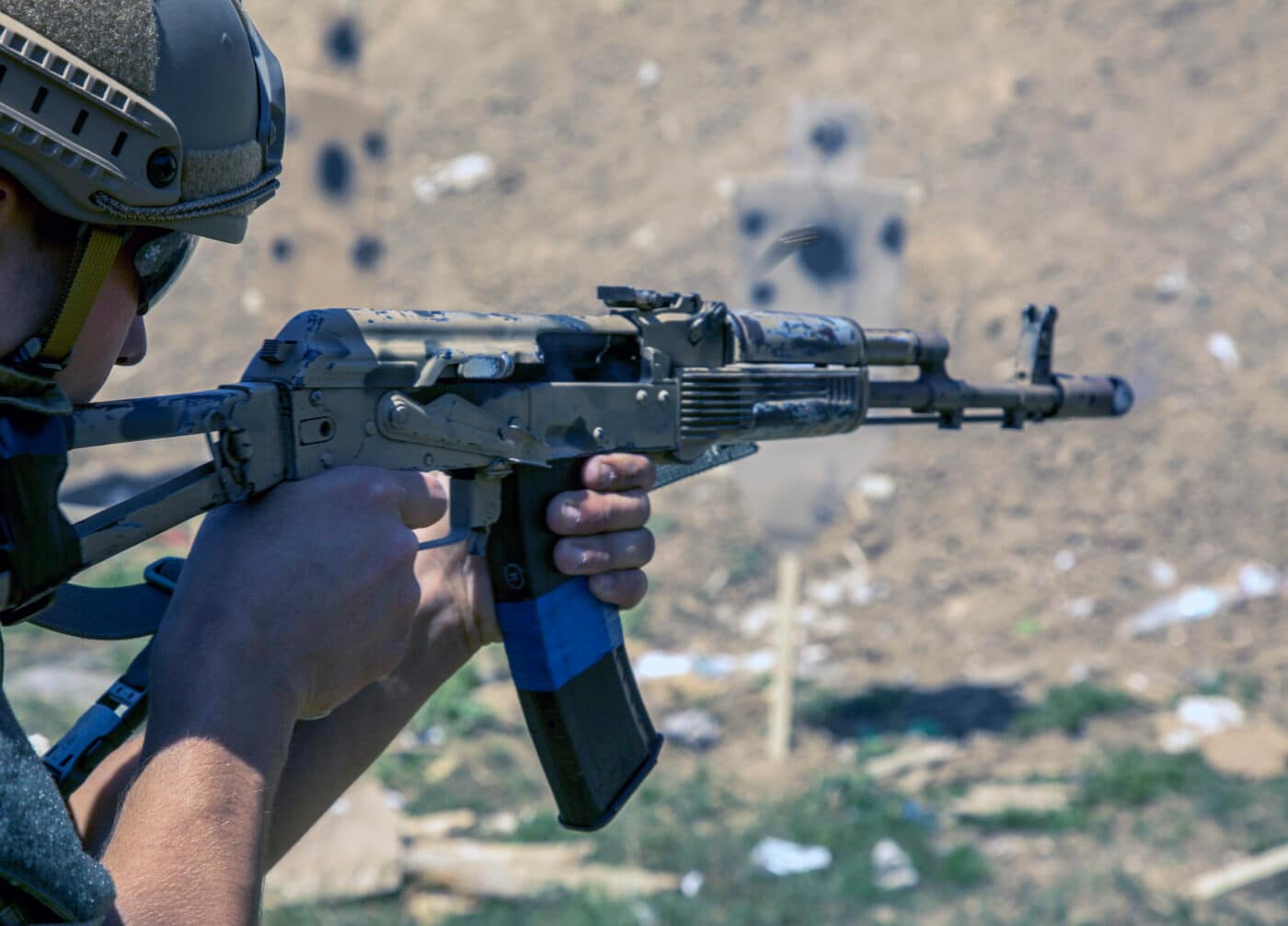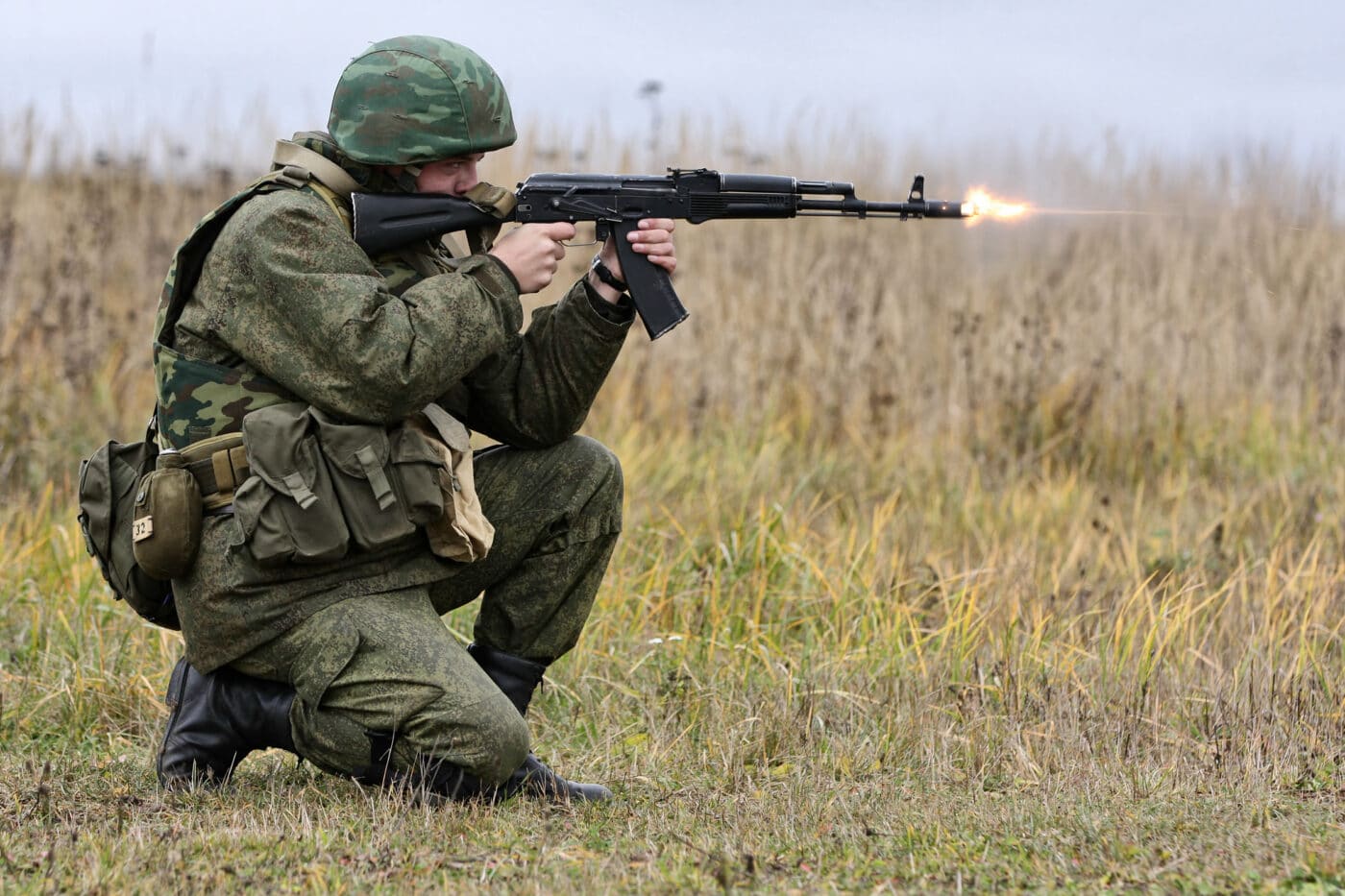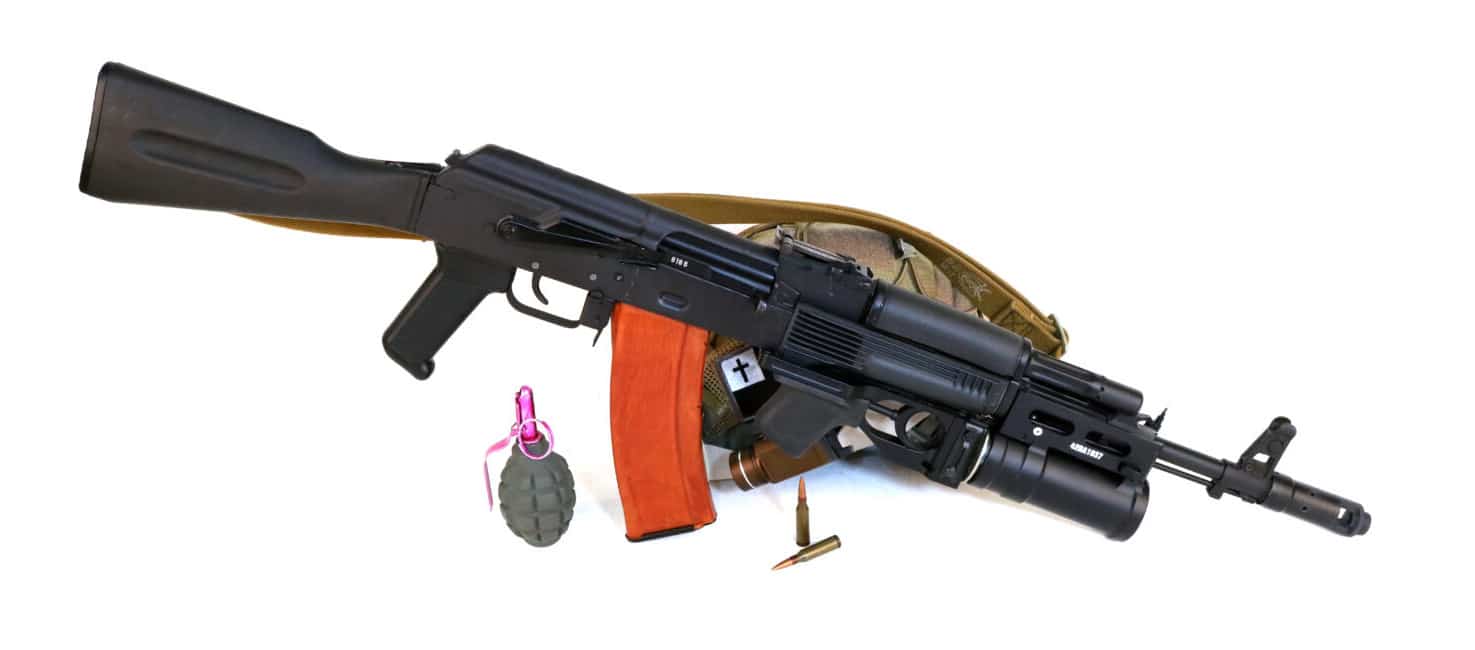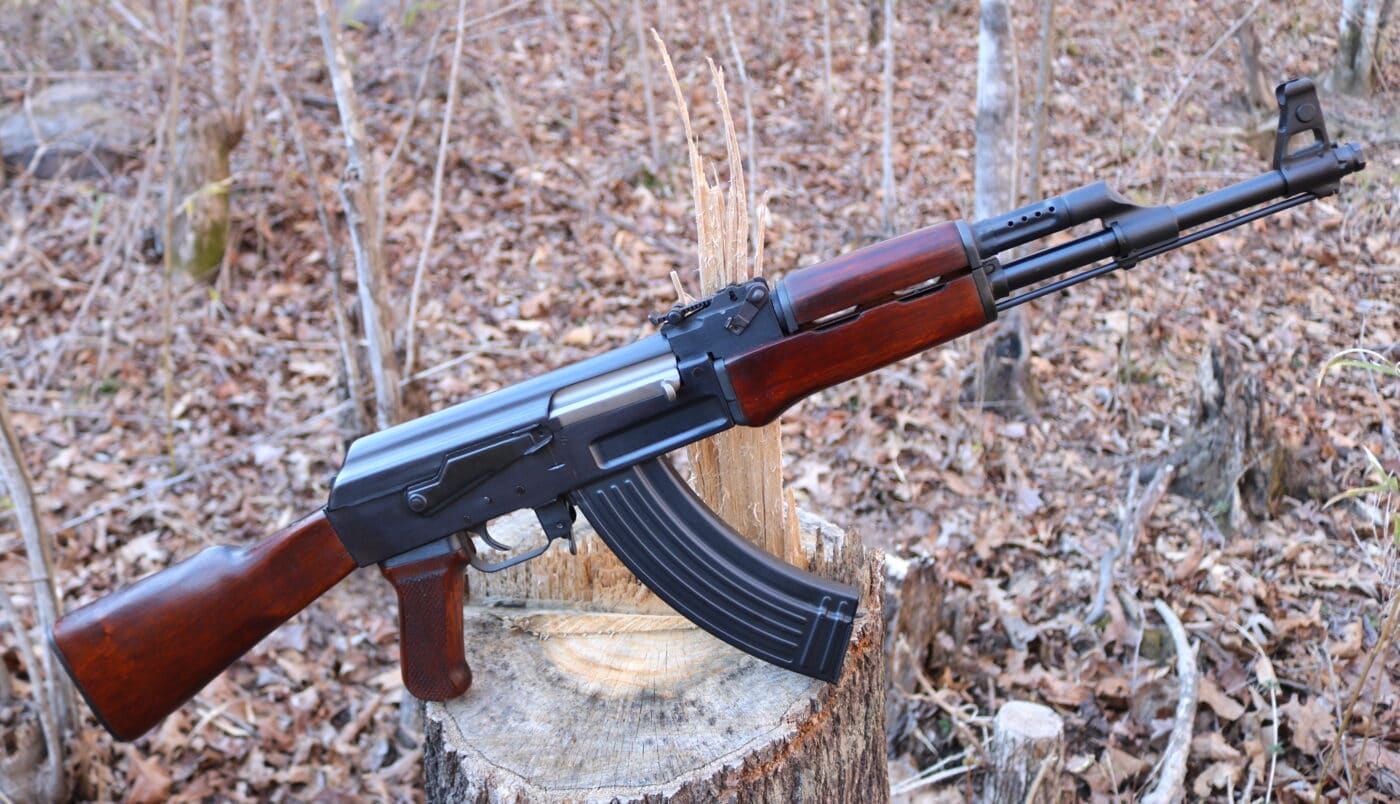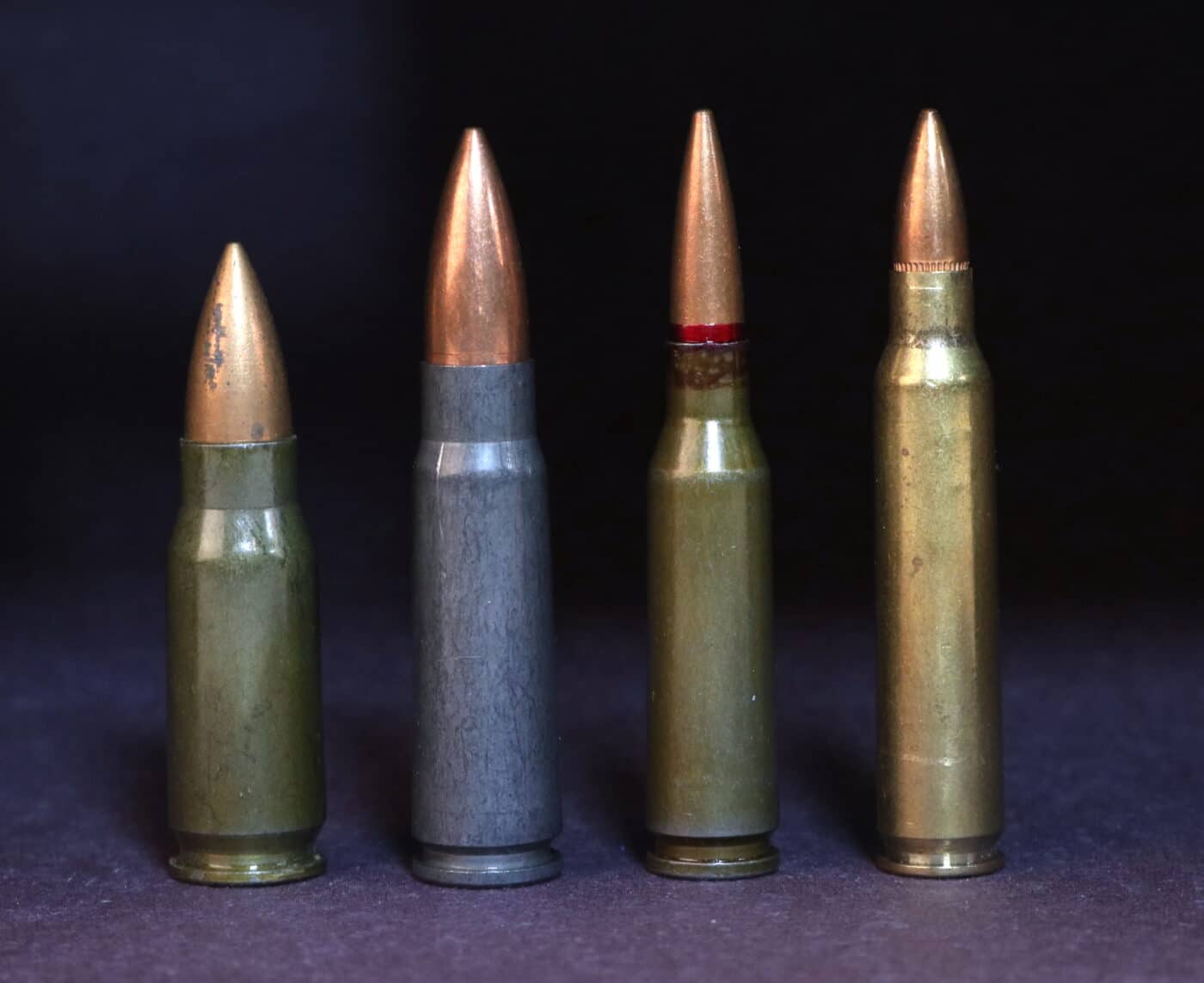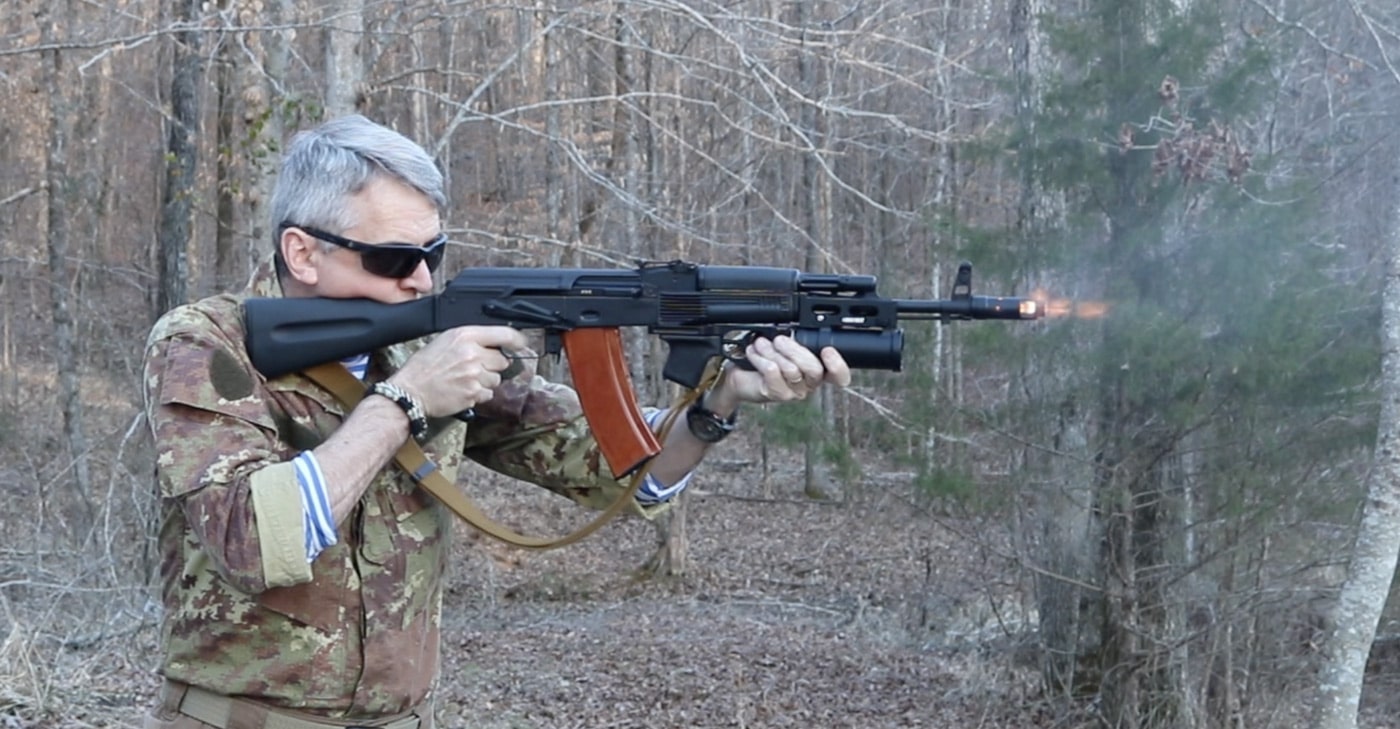
The California Legislature starts their Summer recess today, but not before a busy week full of defiant action against the recent Supreme Court victory in the NRA case of NYSRPA v. Bruen. The legislature passed several anti-gun bills out of policy committees and passed eight anti-gun bills onto the Governor’s desk, two of which he signed yesterday immediately after receiving them. With this swift action, the NRA is continuing to fight these proposals and looking at all available options including litigation. Contact Governor Newsom at (916) 445-2841 and urge him to veto AB 311, AB 1594, AB 1769, AB 2156, SB 915, and SB 1327!
Signed by the Governor
Assembly Bill 1621, introduced by Assembly Member Mike Gipson (D-65), expands what is considered a “precursor part” under existing law and requires serial numbers on those parts. Further, it expands the definition of “firearm” for purposes of criminal and regulatory penalties to include “precursor parts.” And finally, it prohibits the possession, transfer, sale, or advertising of milling machines that have the sole or primary purpose of manufacturing firearmsto anyone other than licensed firearm manufacturers or importers. . *AB 1621 was passed with an urgency clause meaning it went into effect immediately.
Assembly Bill 2571, introduced by Assembly Member Rebecca Bauer-Kahan (D-16), bans advertising or marketing firearms or ammunition in a way that is “attractive to minors,” replacing the language in current law banning specifically “advertis[ing] to minors.” This legislation is so broadly worded that it will be devastating to conservation, safety, and education efforts throughout the state. *AB 2571 was passed with an urgency clause meaning it went into effect immediately.
Passed by the Legislature and Will Soon Be Eligible for the Governor’s Consideration:
Assembly Bill 311, introduced by Assembly Member Christopher Ward (D-78), prohibits the display or sale of any “precursor firearm parts” at gun shows on the Del Mar Fairgrounds of the 22nd District Agricultural Association.
Assembly Bill 1594, introduced by Assembly Member Phil Ting (D-19), creates a private right of action against firearm industry members for failure to implement “reasonable” controls. This intentionally vague term can subject the industry to crippling lawsuits regardless of whether there is any actual violation of law.
Assembly Bill 1769, introduced by Assembly Member Steve Bennett (D-37), prohibits officers, employees, operators, lessees, or licensees of the 31st District Agricultural Association from entering into any agreement to allow for the sale of any firearm, firearm parts, or ammunition on property or buildings that comprise the Ventura County Fair and Event Center or properties in Ventura County and the City of Ventura that are owned, leased, operated, or occupied by the District.
Assembly Bill 2156, introduced by Assembly Member Buffy Wicks (D-15), reduces the number of firearms a private citizen can manufacture in a year from 50 to no more than three. In addition, it prohibits private citizens from using 3D printing to make firearms, precursor parts, or magazines.
Senate Bill 915, introduced by Senator Dave Min (D-37), bans state officers or employees, operators, lessees, or licensees from entering into any agreement to allow for the sale of any firearm, firearm precursor parts, or ammunition on property that is owned, leased, occupied, or operated by the state.
Senate Bill 1327, introduced by Senator Robert Hertzberg (D-18), creates a private right of action that allows individuals to file civil suits against anyone who manufactures, distributes, transports, sells, or imports firearms banned in California, as well as precursor firearm parts. Current law already allows for remedies for illegal activities by firearm dealers and manufacturers.
Passed by the Assembly Public Safety Committee
Senate Bill 918, introduced by Senator Anthony Portantino (D-25), was amended to defy the recent Supreme Court ruling placing significant reforms on California’s existing conceal carry laws. Some of the provisions include: significantly expanding gun-free zones, requiring signage for private businesses where you “can” carry, doubling training requirements, and maintaining the ability to do in-person interviews, psychiatric evaluations, and allowing “time place, and manner” restrictions on permits. *SB 918 will be heard in the Assembly Appropriations Committee on August 3.
Passed by the Senate Public Safety Committee
Assembly Bill 1227, introduced by Assembly Member Marc Levine (D-10), was gutted and amended to contain language from Assembly Bill 1223. It places an excise tax of 10% on the sales price of a handgun, and places an 11% excise tax on the sales price of all long guns, rifles, firearm precursor parts and ammunition. These taxes are to be collected from California retailers and placed in a newly created fund for appropriation by the state legislature. *AB 1227 will be heard in the Senate Appropriations Committee on August 1.
Assembly Bill 2870, introduced by Assembly Member Miguel Santiago (D-53), expands California’s gun violence restraining order to allow additional reporters, to now include roommates, dating partners, and additional family members, out to the 4th level of consanguinity and affinity (this could include out to the first cousin in-law or a great-great-grandparent). *AB 2870 has been referred to the Senate Appropriations Committee but has not been scheduled for a hearing at this time.
Passed by the Assembly Judiciary Committee
Senate Bill 505, introduced by Senator Nancy Skinner (D-9), makes a person who owns a firearm strictly civilly liable for each incident of property damage, bodily injury, or death resulting from the use of the firearm. Additionally, the legislation requires a firearm owner to obtain and continuously maintain insurance as well as keep evidence of this coverage with the firearm at all times. *SB 505 will be heard in the Assembly Appropriations Committee on August 3.
Please stay tuned to www.nraila.org and your email inbox for further updates.
